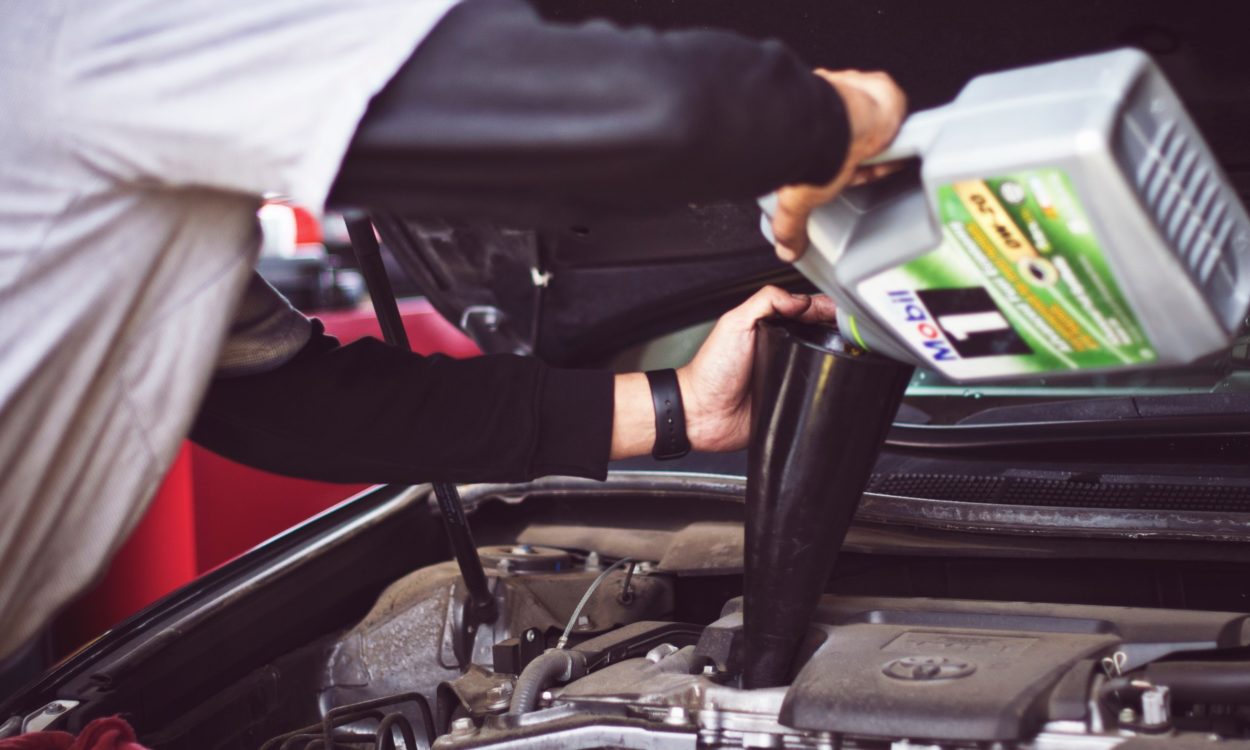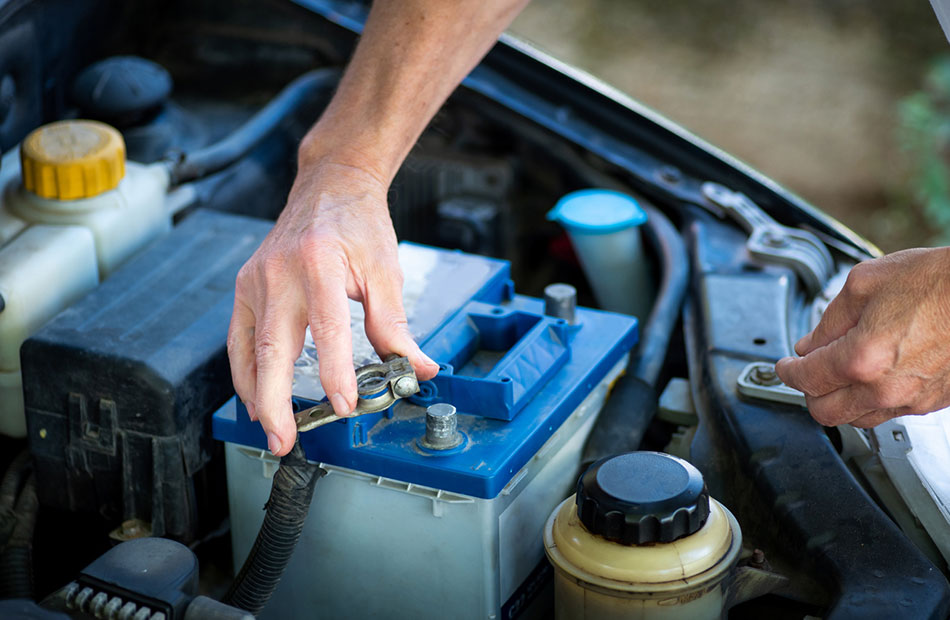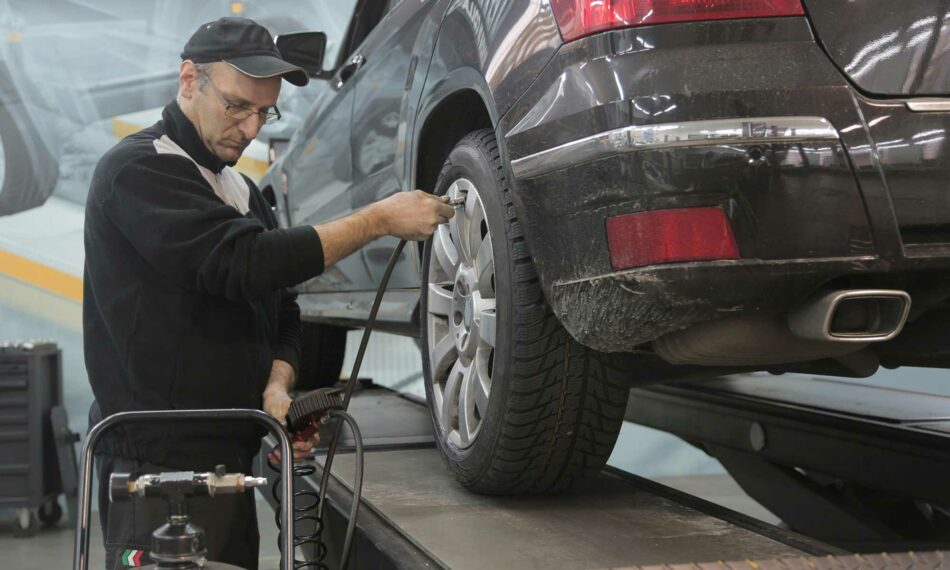Get this deal! Call now.
Speak with a vehicle protection plan specialist and get $300 off any new contract instantly.
Call 866-678-4172
or scan the code below


There is plenty to do during the winter, from holiday shopping trips, visiting friends and family, or simply enjoying the sights and sounds of the season. For car owners especially, being able to hit the road and travel wherever you’d like in the comfort of your vehicle can be especially helpful during the cold temperatures and severe weather of winter. Some vehicles can even be specifically designed with additional features and systems to help make them ideal for winter weather, allowing you to take full advantage of everything the season has to offer.
Even if you don’t own a specific make/model of vehicle, there are still several recommended and essential maintenance tasks you should take to help ensure your vehicle is ready for winter driving.
No matter the time of year, preventative maintenance is a vital part of owning any car, truck or SUV. Even the most popular and reliable automotive manufacturers such as Ford, Toyota, Honda and Jeep will require regular maintenance to help ensure they last for years to come. Some of the most essential maintenance services are especially vital before the wintertime, as they can help ensure you have a safe and secure trip no matter if it’s clear skies or bad weather ahead. These can include services such as getting your oil changed, checking your wiper blades, changing your spark plugs, rotating your tires (or snow tires), among others. Updating your car’s winter emergency kit can also be critical in helping to ensure you have everything you may need in the case of an unexpected breakdown in the middle of severe winter weather.
You can save when it comes to protecting and maintaining your vehicle this winter with an EnduranceAdvantage™ auto protection plan. Offering up to $3,500 in regular maintenance services, you can rest easy knowing tire rotations, oil and filter changes, engine diagnostic exams and other essential services are covered — at no additional cost to you.
While following your vehicle’s recommended maintenance schedule is vital, many car owners often still question whether their vehicle is prepared to last through the winter. To prepare yourself and your vehicle, learning the answers to many of the most commonly asked winter car maintenance questions can help you give you peace of mind this or any winter.
These questions will often include:
While both can have their advantages, which is best for your vehicle will depend on where the bulk of your winter driving takes place. If you’re driving in the mountains, consider using tire chains, as they can help to provide you with better traction on ice or in deep snow. You can purchase tire chains at most auto stores, and they are relatively easy to install yourself. However, if it’s your first time installing them, visiting a certified repair facility or ASE Certified technician can help ensure they are secured properly to your vehicle’s tires.
Conversely, snow tires (or winter tires) are specially designed tires that too can help provide your vehicle with better traction in winter conditions. The main difference between the two, however, is that snow tires aren’t as well equipped to handle deeper snow compared to tire chains. They will also be more expensive. Yet despite this, many drivers like having the security of snow tires, as they can remain on your vehicle even when the snow and ice melts. This is because leaving tire chains on during clear driving conditions can lead to potential damages to your vehicle (as well as a fairly bumpy ride).
One of the most critical aspects of safe driving is having a clear line of sight out of your windshield. To do this, you’ll need to have working windshield wipers. In fact, many car owners would recommend getting specially designed winter wiper blades. The wipers are often built to be sturdier than standard wiper blades while having a curved edge to them, helping to provide maximum contact with your windshield at all times. This differs from standard blades, which use hinges to maintain contact with your windshield, but can often freeze and become damaged during freezing winter temperatures, though you can still use them during the winter months.
Regardless of the type of wipers you are using, ensuring you have a fresh set before winter can help you avoid any potential build-up on the blades that can end up causing damage to your windshield’s glass. Having an adequate amount of washer fluid (preferably one with some antifreeze) can also help ensure your windshield is free of any snow or debris when driving.
Save on the cost of your next front or rear wiper blade replacement with EnduranceAdvantage. Along with providing you with comprehensive breakdown protection and up to $3,500 in regular maintenance services, you can also receive a number of special, one-time services, including a front or rear wiper blade set replacement.

Changing your engine’s oil is one of the easiest and yet vital maintenance tasks you can do, with some drivers preferring to switch out their regular engine oil with a thicker formula during the winter months. By doing this, drivers can help prepare their car to handle the cold temperatures more quickly when your engine is running. Despite this, it will ultimately depend on your personal preference. Still, it is always vital to check your owner’s manual for specific oil recommendations before using any new types of oil in your engine.

Cold weather can be brutal on batteries, with freezing temperatures being able to drop a battery by up to 35-60%. Yet, while a vital part of ensuring any car works as it should, you might not always need to replace your car’s battery before the winter. Instead, taking the time to inspect your battery and cleaning off any residue or other build-up on the battery terminals using a wire brush can help increase its overall performance and help it last longer, even during the winter. You can even invest in items such as a battery charger that can allow you to regularly remove and recharge your car’s battery throughout the winter months.
While drivers often think of gasoline and engine oil as their vehicle’s “blood,” there are still several other essential fluids that need to be regularly checked and refilled. These will include your transmission fluid antifreeze and engine coolant. Ensuring these fluids are also topped off, or at a minimum halfway full, can help you avoid potentially costly repairs. This is because the extra space in your gas tank or other fluid tanks can create condensation, which can freeze during the frigid winter weather. When this happens, your vehicle’s various hoses and other components can become damaged or crack, resulting in potential leaks and costly repairs.
If your defroster doesn’t seem to be working, that’s a sign that something is wrong with it or your heating in general. If you are noticing your vehicle taking longer than usual to defrost or to heat up, take your car into the nearest certified repair facility or to an ASE Certified mechanic as soon as possible to help get you back on the road comfortably.
Like having a clear windshield thanks to working wiper blades, ensuring your headlights function correctly is essential for winter driving. If you notice that your car’s lights seem dimmer than usual when walking around your vehicle or in comparison to other vehicles around you when driving, it is most likely time for a new set of headlights.

Your car’s tire pressure (PSI)can make a huge difference when it comes to helping you in avoiding getting stuck or slipping and sliding around in the snow. As air contracts when cool, your tire pressure will do the same, generally decreasing at a rate of one to two PSI for every 10-degree drop in temperature.
To help ensure your vehicle’s tire pressure remains at adequate levels, it’s first vital to know what the level is. Checking your owner’s manual can often give you a more precise recommendation than the PSI levels listed on your vehicle’s tires themselves. Once you know your vehicle’s recommended PSI, simply use a pressure gauge to check what level your tires are. If they are overinflated (even in the winter), deflate them to the recommended level. If underinflated, you can often find free or relatively cheap air pumps at your local gas station.
Regardless of the time of year, staying up-to-date on your car’s maintenance needs can help you avoid any potential problems and costly repairs down the road. You can have even more peace of mind when it comes to protecting your vehicle from unexpected breakdowns with the help of an EnduranceAdvantage vehicle protection plan. Each EnduranceAdvantage package can also help you save when it comes to your car, truck or SUV’s essential maintenance needs with up to $3,500 in regular maintenance coverage included, such as tire rotations, oil and filter changes, alignment checks, and more. You can even get several other special, one-time services, including a front or rear wiper blade set replacement and battery replacement.
You will also receive access to one year of Elite Benefits included with the purchase of any Endurance protection plan and a small activation fee. That includes some additional perks such as 24/7 roadside assistance, tire repairs/replacements, and others for even more coverage and savings.
For more information about how any Endurance protection plan can help you, call us directly at (800) 253-8203 or request a free, no-obligation quote. You can also find more helpful articles on topics like DIY maintenance tips, vehicle comparisons, expert auto advice and more by browsing the Learning Center.

We're here to make sure you get the most comprehensive EV protection. That's why we've partnered with Xcelerate Auto to offer you transparent and dependable Tesla coverage.
Want us to contact you about XCare coverage for your Tesla?



Call for $300 off any new plan!
By clicking the button, you consent to Endurance using automated technology to call, email, and text you using the contact info above, including your wireless number, if provided, regarding auto protection or, in California, mechanical breakdown insurance. You also agree to the Endurance Privacy Policy and Terms and Conditions. Consent is not a condition of purchase, and you can withdraw consent at any time. Message and data rates may apply.
Speak with a vehicle protection plan specialist and get $300 off any new contract instantly.
Call 866-678-4172
or scan the code below



Simply fill out the information below and we will follow up fast with your free no-obligation quote.
By clicking the button, you consent to Endurance using automated technology to call, email, and text you using the contact info above, including your wireless number, if provided, regarding auto protection or, in California, mechanical breakdown insurance. You also agree to the Endurance Privacy Policy and Terms and Conditions. Consent is not a condition of purchase, and you can withdraw consent at any time. Message and data rates may apply.

To speak to a vehicle protection plan specialist and save $300
Scan the code below
Since opening her ASE Certified repair shop in 1979, Ayers Automotive Repairs, Nikki has devoted much of her professional life to providing dependable, trustworthy auto repair services in her local community. Her team of certified technicians has helped thousands of car owners for over 40 years by offering various services from general repairs to handicapped vehicles.